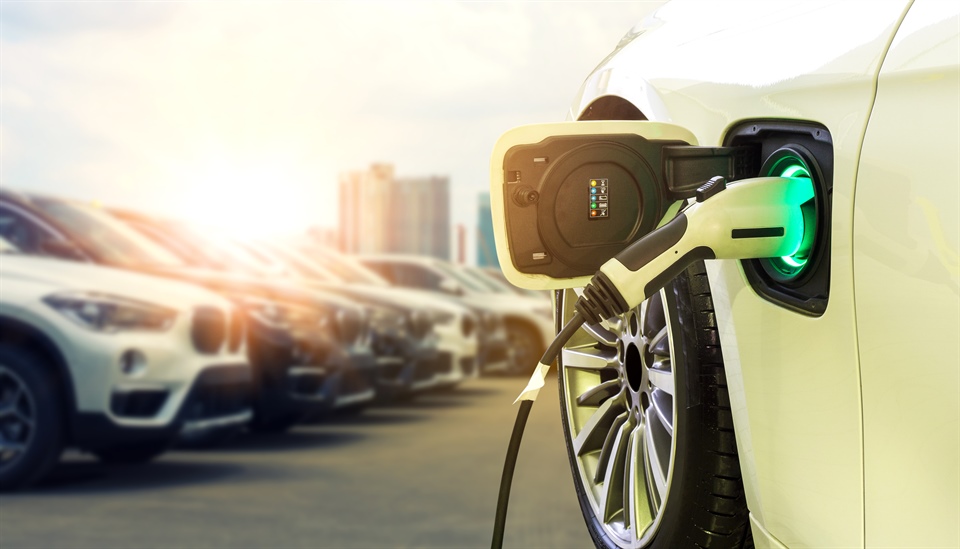In the world of interior design and home decor, lighting plays a pivotal role. It not only serves a functional purpose by providing adequate illumination but also contributes significantly to the aesthetics of a space. If you’re looking to elevate the ambiance of your home or office, consider the sleek and modern LED bezelless light bar. This innovative lighting solution not only illuminates your space efficiently but also adds a touch of contemporary elegance to any room.
The Beauty of Bezelless Design
First, let’s explore what makes bezelless light bars so special. Traditional lighting fixtures often come with bulky bezels or frames that can distract from the beauty of the light itself. Bezelless light bars, on the other hand, eliminate this distraction. They are designed to provide a seamless and unobtrusive source of light that blends harmoniously with your interior decor.
Effortless Elegance
The sleek design of LED bezelless light bars exudes a sense of effortless elegance. Their minimalist aesthetic makes them a versatile choice for various design styles, from modern and contemporary to industrial and even minimalist. Whether you’re lighting up a living room, kitchen, bedroom, or workspace, a bezelless light bar can seamlessly integrate into your interior design vision.
Energy-Efficient Illumination
Beyond their aesthetic appeal, LED bezelless light bars offer a host of practical benefits. LEDs (Light Emitting Diodes) are renowned for their energy efficiency. Compared to traditional incandescent bulbs, LEDs consume significantly less electricity, which not only saves you money on your energy bills but also reduces your carbon footprint.
Customizable Lighting
One of the key advantages of LED bezelless light bars is their customizable lighting options. Many models come with dimmable features, allowing you to adjust the brightness to suit different activities and moods. Whether you need bright, focused light for working or a softer, ambient glow for relaxation, a bezelless light bar can provide the perfect illumination.
Easy Installation
Installing a bezelless LED light bar is a straightforward process. They are often designed for both surface and recessed mounting, giving you flexibility in how and where you want to place them. Whether you’re a DIY enthusiast or prefer to hire a professional, the installation process is generally hassle-free.
Versatility in Application
LED bezelless light bars are incredibly versatile in terms of application. Here are some ideas for where you can use them:
- Kitchen: Illuminate your countertops and workspace with bright, even lighting for meal preparation.
- Living Room: Add a touch of sophistication to your living space with under-cabinet or wall-mounted bezelless light bars.
- Bathroom: Achieve a spa-like atmosphere with soft, flattering lighting in your bathroom vanity area.
- Home Office: Create a productive work environment by installing a bezelless light bar above your desk or along shelves.
- Commercial Spaces: These light bars are also a popular choice for modern office environments, enhancing productivity and aesthetics simultaneously.
- Retail Settings: Highlight products and displays in retail settings with the sleek design of bezelless light bars.
Conclusion
When it comes to lighting your space with both style and efficiency, LED bezelless light bars are a top choice. Their modern design, energy efficiency, and customizable features make them a versatile addition to any room. Whether you’re looking to create a cozy ambiance or need focused task lighting, these sleek fixtures have got you covered. Illuminate your space with sophistication and functionality by embracing the beauty of bezelless LED light bars.




